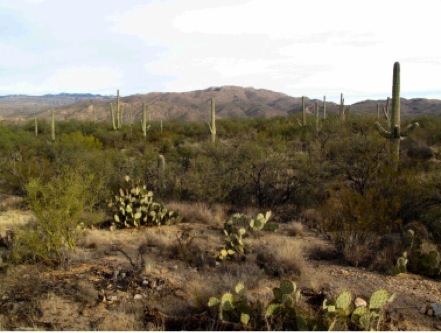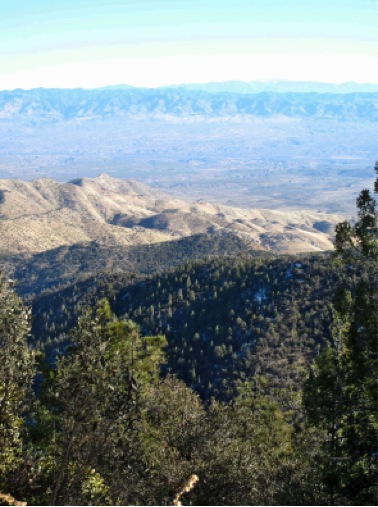Reflections on the Nature of Survival: the Role of Facilitation in the Conservation of Sonoran Desert Foundation Species
Plan Author
- Tristan Stamm, 2013
Fields of Concentration
Sample Courses
- Tutorial: Sculptural Science
- Tutorial: Foundation Species of the Sonoran Desert II
- Tutorial: Findings One’s Place within Art and Science
Project Description
An examination of how ecological facilitation and foundation species support the ecosystems of the Sonoran Desert.
Faculty Sponsors
- Cathy Osman
- Jenny Ramstetter
Outside Evaluator
- Jessica Cuni, Assistant Professor of Art, Green Mountain College
Overview
Living organisms have two primary ways of dealing with other species in their ecosystem: negative interaction and positive interaction. Traditionally, ecologists have defined the structure of ecosystems by examining negative interactions, such as predation, competition, and parasitism. Recent research, however, has shown that positive interactions like mutualism and commensalism (broadly called “ecological facilitation”) play an equally important role in structuring biological communities, especially in harsh environments like deserts and tundra. This Plan examines the relationships of ecological facilitation that make life possible in Arizona’s Sonoran Desert, and includes a series of photographs that explore the difficulties of survival in such harsh conditions.
Ecosystems that are structured by ecological facilitation are defined by their foundation species. Typically a plant or other photosynthetically active organism, a foundation species uses its physical structure to modify the surrounding environment and make it more habitable for other species. Because foundation species support numerous other organisms in the ecosystem, their removal can have dire consequences for the biodiversity of the entire community.
In the Sonoran Desert, the saguaro cactus (carnegiea gigantean) is an example of how ecological facilitation supports biodiversity. Saguaro seeds require specific light and heat conditions to germinate, which can only be provided by the shade of other plants. Once the saguaro has grown, its hollow interior provides nests for birds, perpetuating the “facilitation cascade” that makes harsh environment ecosystems possible.
Excerpts
“Similar to how previous research discovered that some ecosystems are structured around keystone species and competition, Angelini et al. (2011) and Bruno et al. (2003) have complied research supporting a similar concept within facilitation ecosystems: foundation species. Foundation species are often primary producers that create or modify habitats through their own physical structure.”
“The Sonoran Desert contains all of the world’s biomes within its borders: tundra, tropical, grassland, chaparral, desert, thornscrub, coniferous, and temperate forests. These biomes occur within a couple miles of each other, vegetation changing drastically because of differences in elevation, temperature, water availability and other geographic features.”
Reflections
“Completing my Plan taught me how to combine two very different disciplines into a cohesive body of work.”



